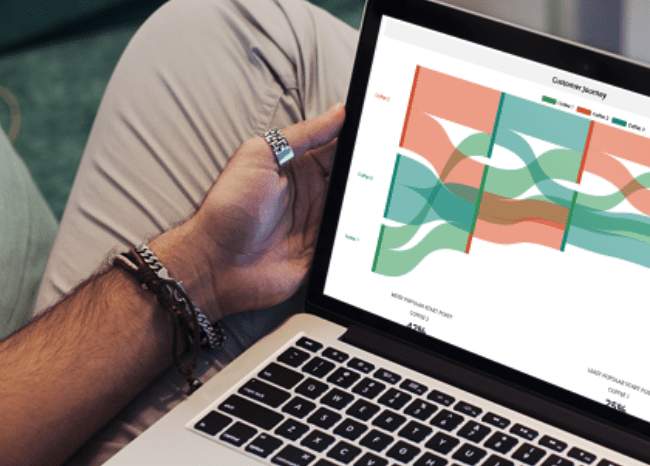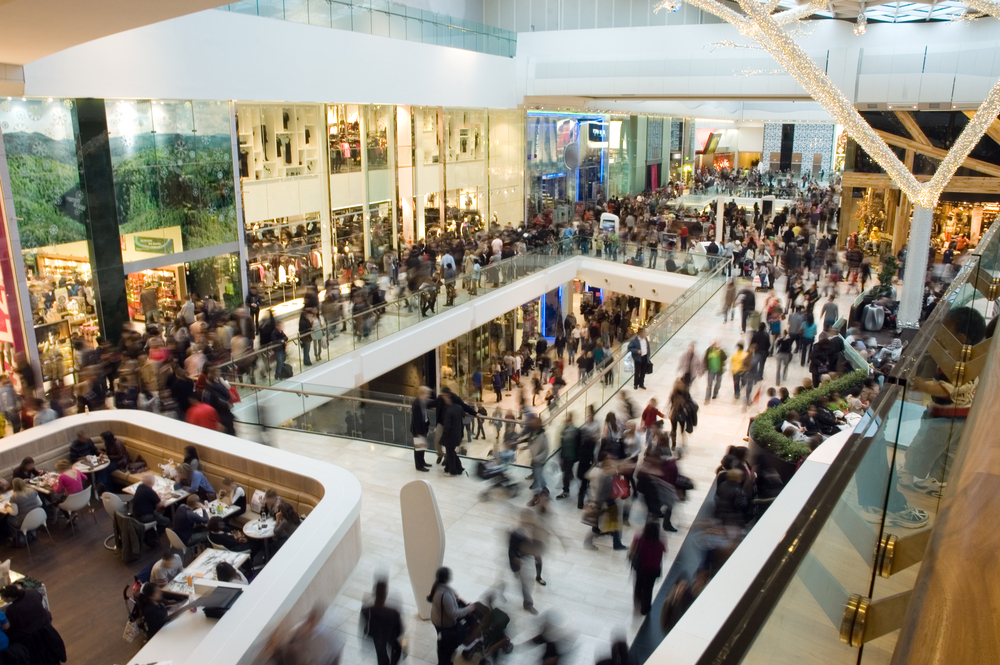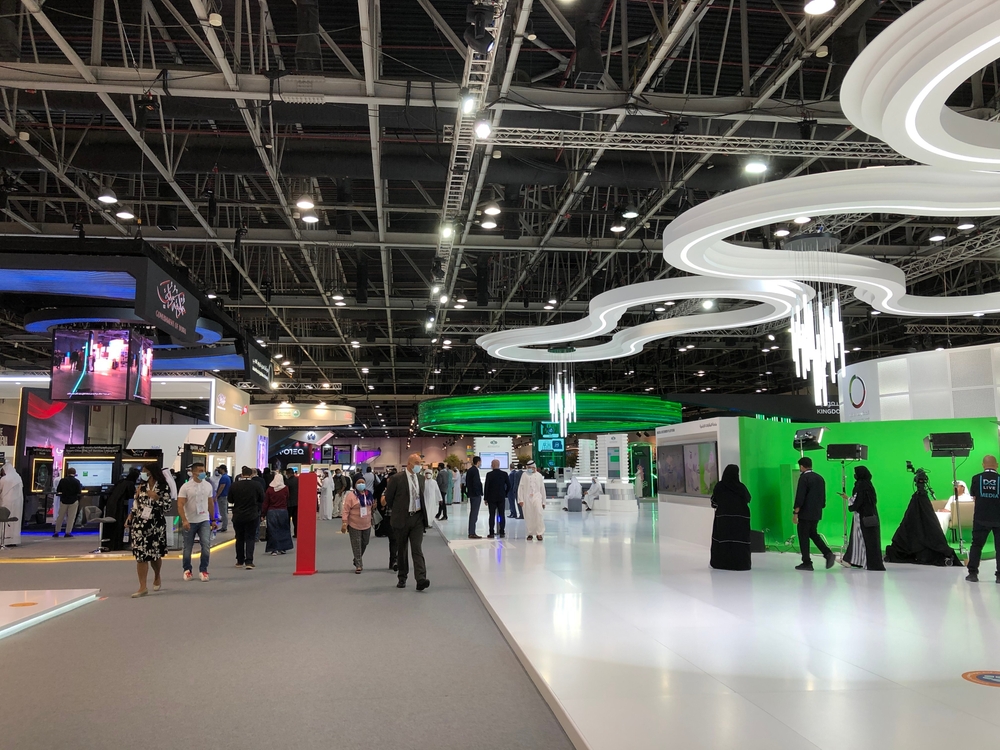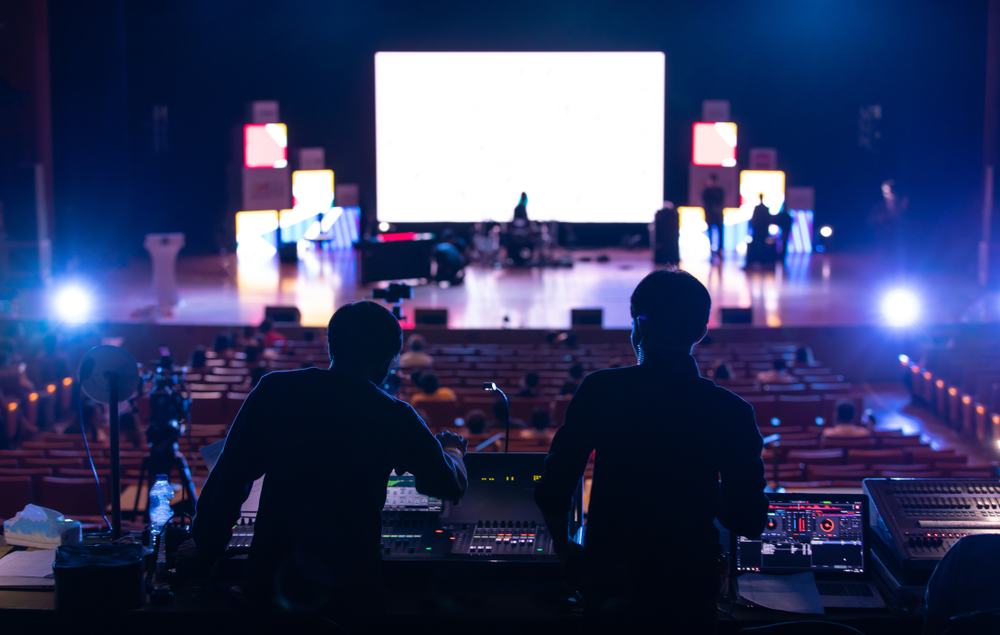
Who we work with
Our award-winning high-tech solutions have helped major global brands and agencies measure over Loading… events, giving them more accurate, deeper insights and helping them improve Return On Marketing Investment.
Occupancy and Health & Safety
We monitor real-time visitor numbers so you can manage crowd flow, reduce congestion, and maintain a safe environment by preventing overcrowding.
Find out moreRetail
Our Apex sensor will help you optimise your store layouts – improving customer experiences by tracking footfall and occupancy in real time.
Find out morePhysical spaces
Exposure Analytics’ allows event exhibitors and physical spaces to measure visitor behaviour, engagement, and footfall. By using this data effectively, you can improve your space and increases brand awareness.
Find out moreExperiential
By monitoring key performance indicators, such as dwell times and crowd flow, you can enhance future campaigns, boost ROI, and build stronger connections with your audience.
Find out more


